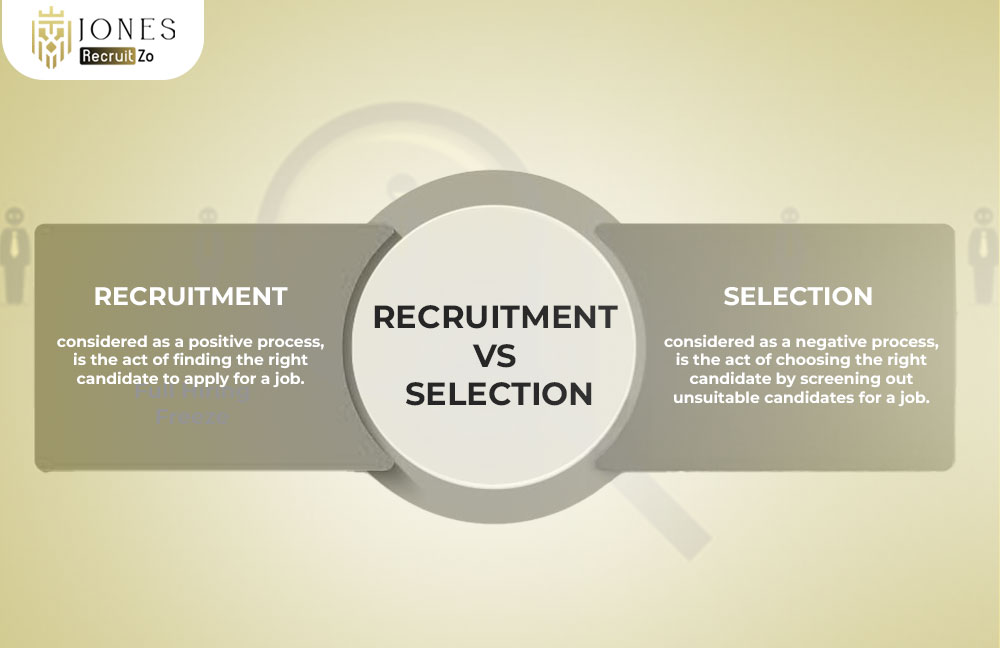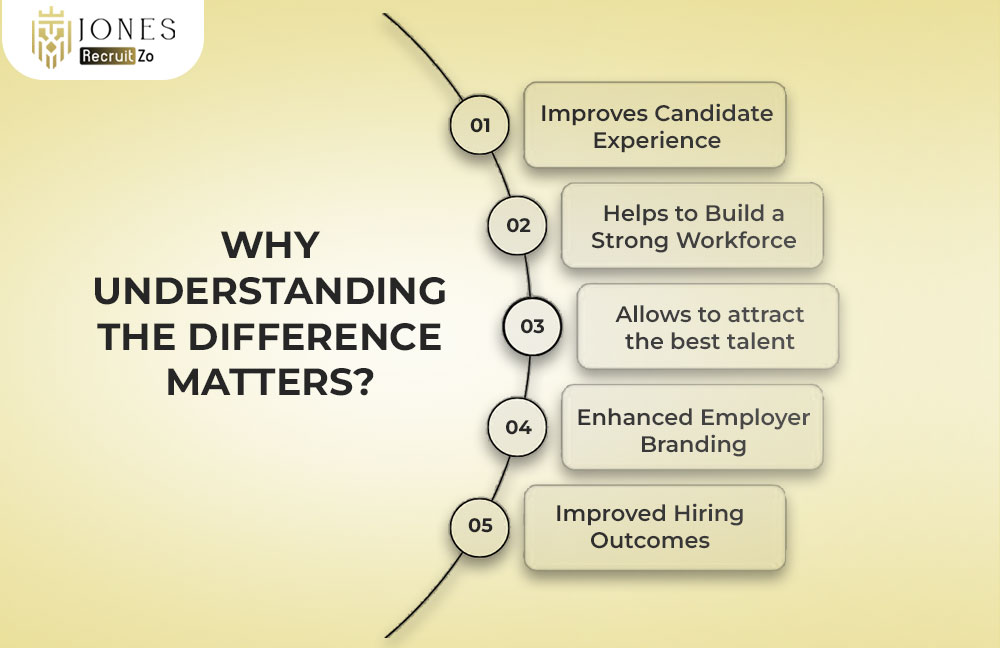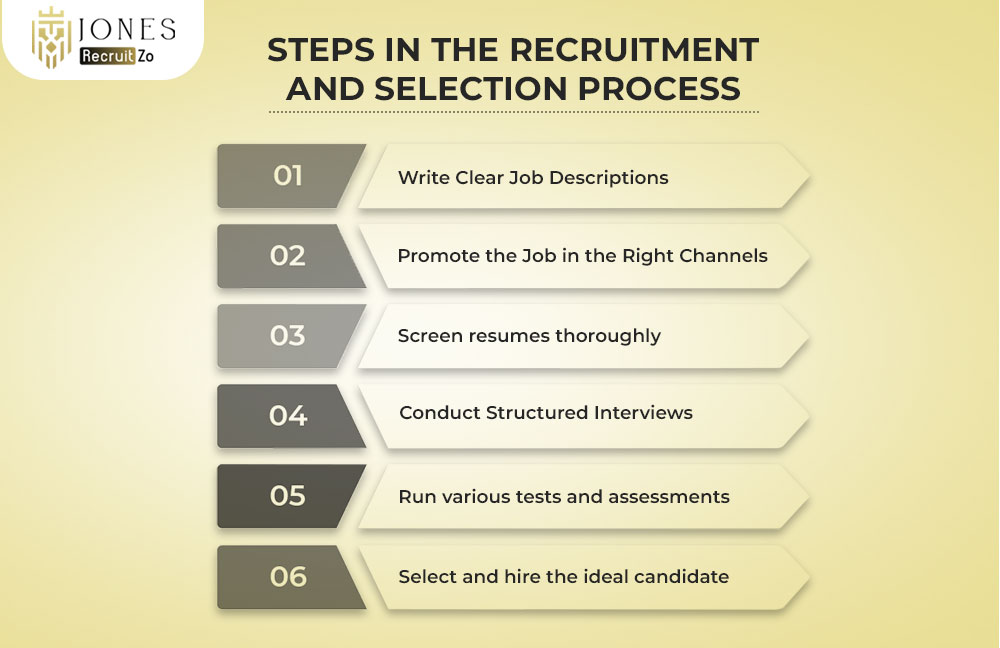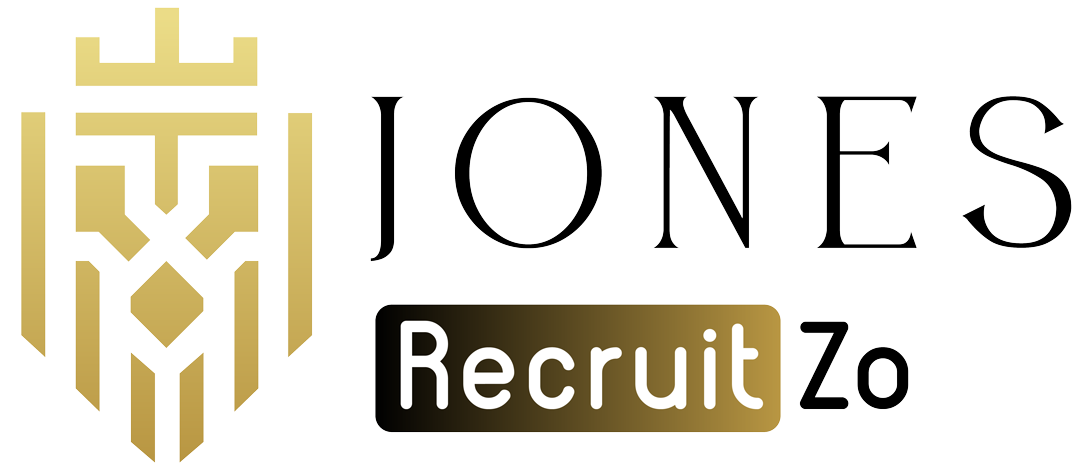Key Insights
Differences Between Recruitment and Selection
Recruitment brings in applicants, while Selection filters and finalises the most suitable candidate. Each serves a specific role in the hiring journey and requires different methods.
Key Steps of Recruitment and Selection Process
The process begins with attracting applicants and ends with hiring the right candidate. Each step, if properly implemented, improves the overall efficiency and success of hiring.
Why Understanding the Difference is Important
Recognising the difference between recruitment and Selection improves hiring strategies. It leads to better planning, faster hiring cycles, and higher-quality hires.
Difference Between Recruitment and Selection
Recruitment and Selection form the initial and separate phases of the hiring process. The processes, while working towards the same objective of talent acquisition, differ in their objectives, approaches, and consequences. In competitive sectors, perhaps, knowing these differences could be advantageous in reducing the time-to-hire and improving candidate experience.
What is Recruitment?
Recruitment constitutes the first stage of hiring, wherein the goal is to create interest among potential candidates to apply to open roles. It involves attracting a large pool of qualified candidates by advertising the job vacancy along appropriate channels. The prime intent behind recruitment is to present a small set of possible candidates to the organisation, from which it can choose the best candidate.
Key Activities in Recruitment
The prime objective of recruiting is to write a clear job description that gives some information about the role and its responsibilities. Advertisements for job vacancies are then placed on job boards, social media, internal portals, or recruitment agencies. Candidate sourcing and initial communications, as well as building visibility for the employer, are activities undertaken during this stage.
What is Selection?
Selection takes place after a recruitment, focusing on filtering, assessing, and picking the best candidate from the large pool of applicants. It requires a more rigid evaluation stage while ensuring that the candidate is indeed qualified and suited for the organisation’s culture and job requirements.
Key Activities in Selection
Shortlisting candidates involves going through applications, interviewing them to assess suitability, conducting background/reference checks, and finally, making job offers to the successful candidate and completing the hiring process.
Key Differences Between Recruitment and Selection

There are specific aspects that clearly separate recruitment from Selection. These differences are important for building clarity and structure in the hiring process.
Definition
Recruitment is attracting applicants for any job, while Selection is the picking of the most appropriate candidate from those who have applied.
Objective
Recruitment seeks to increase the number of applicants for a vacant position. Conversely, Selection works toward identifying and finalising one individual who best fits the job criteria and organisational fit.
Approach
Recruitment is broad and open, aiming to attract a large candidate pool. Selection is highly targeted and critical, as it involves filtering applicants to settle on those who actually match what is desired.
Activities Involved
Recruitment involves activities such as putting out job advertisements and approaching prospective applicants. Selection activities revolve around candidate evaluation through interviews, assessments, and checks before the final choice is made.
Time and money
Recruitment is usually relatively faster and cheaper, as it mostly concerns itself with outreach. Selection can take longer and tend to be more expensive, as it involves interviews, assessments, and further verification.
Tools Used
Recruitment makes use of job portals, company websites, and sourcing platforms. Selection uses tools like applicant tracking systems (ATS), assessment software, interview scoring sheets, and reference check systems.
Why Understanding the Difference Matters?

Knowing the distinction between recruitment and Selection helps companies manage their hiring processes with better accuracy and intent. It contributes to hiring the right talent and building a stronger team.
Improves Candidate Experience
Having a transparent and one hundred percent organised system ensures candidates remain aware of what is going on at every stage, thereby providing them with a smooth yet professional hiring journey.
Helps to Build a Strong Workforce
The right methods, when rightly applied at each stage, will attract talent towards organisations and enable decisions to be taken in alignment with long-term goals and team needs.
Allows to attract the best talent
The delineation between attracting and selecting talent allows recruiters to strive for quality during both these stages, which in turn yields better hiring outcomes.
Enhanced Employer Branding
A smooth and well-organised hiring-related procedure speaks for the company in terms of professionalism and thereby adds to the goodwill of the company in the eyes of job-seekers as well as peer companies.
Improved Hiring Outcomes
Understanding how recruitment and Selection work together avoids hiring mismatches and, as a result, decreases the rate of early attrition, which in turn saves resources and time.
Steps in the Recruitment and Selection Process

Each step in the recruitment and Selection process plays an important role in finding and hiring the right candidate. The steps below help maintain structure, consistency, and fairness in hiring.
Write Clear Job Descriptions
An accurate job description is the basis for successful recruitment. Job descriptions inform the candidate as to what the job is about and weed out irrelevant applications in the very initial stages.
Promote the Job in the Right Channels
Advertise your vacancy through the right media and increase visibility among the target audience. This could include job portals, professional networking sites, or industry forums.
Screen resumes thoroughly
A resume evaluation helps to identify relevant candidates quickly. In this step, only those with the required skill sets and experience go forward.
Conduct Structured Interviews
Structured interviews allow every candidate to be evaluated in a fair and consistent manner. This ensures that every applicant is assessed according to the same set of criteria.
Run various tests and assessments
These assessments provide a greater insight into some of a candidate’s technical or soft skills, like aptitude tests, task-based assessments, or behavioural evaluations.
Select and hire the ideal candidate
After thorough evaluation, the most suitable candidate is chosen. The final step includes rolling out the offer and completing all necessary onboarding processes.
FAQs
1. What are the key differences between recruitment and Selection?
Recruitment serves to attract candidates, while Selection involves identifying and employing the most suitable candidate from the pool.
2. What is Recruitment?
The recruitment is the first stage of employment that aims to create a pool of interested and qualified candidates.
3. What is Selection?
Selection is the next step to evaluate applicants and select the best one for the role based on skills, experience, and organisational fit.
4. Why Understanding the Difference Matters?
It helps organisations create better hiring strategies, enhances candidate experience, and yields stronger long-term hiring decisions.















